
Kolari Vision has unveiled the winners of its inaugural 2024 solar eclipse photography competition with an artistic shot of an airplane skimming the celestial event taking home first place.
The photography contest is centered on the total solar eclipse that took place on April 8 over much of North America.
“In honor of this momentous event, we launched our very first Solar Eclipse Photo Contest to educate photographers about how to safely photograph the solar eclipse, help them prepare before the event, and give photographers the opportunity to showcase their talent and win some Kolari prizes,” Kolari Vision explains.
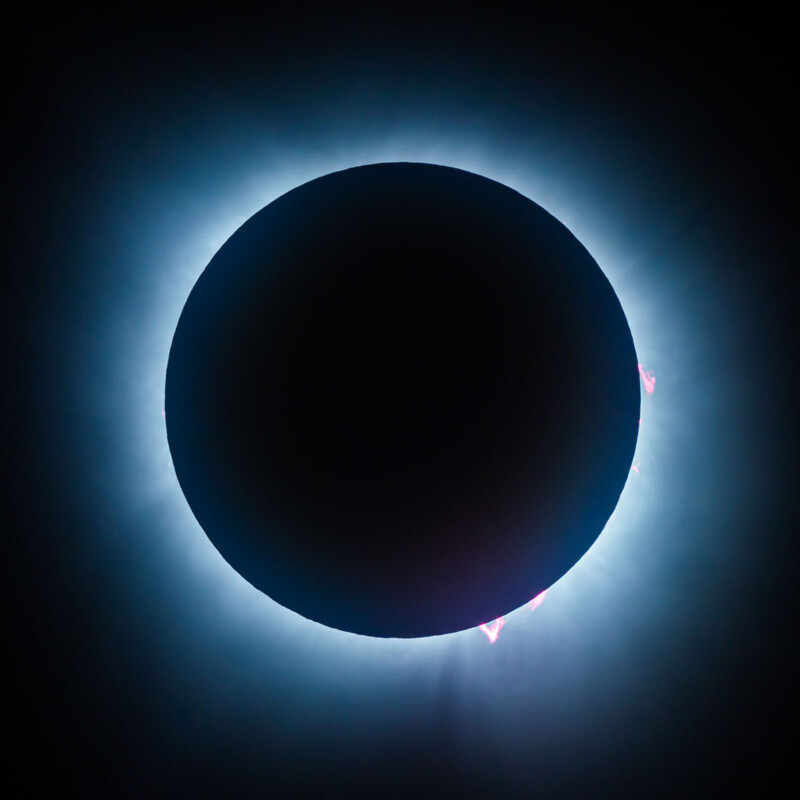

Part of the reason Kolari Vision organized the eclipse photo contest was to educate celestial shooters on the best practices when photographing the Sun.
On its dedicated web page to April’s eclipse, Kolari says: “Pointing your camera directly at the Sun can be dangerous for your camera. The bright, pointed light from the Sun focused through your camera lens can burn a hole straight through your shutter blades.”
It goes on to say that “Only 15-stop and 20-stop ND filters are capable of safely photographing the Sun. Lower ND strength filters are not rated for solar imaging.”
However, Kolari stresses that even if a suitable ND filter is attached to the lens of a DSLR it is not safe to look directly at the Sun through the optical viewfinder.
“These filters are not rated for your eyes, and your eyes will be damaged if you do this,” it adds.
However, it is perfectly safe to use live view or look through the EVF on a mirrorless camera.
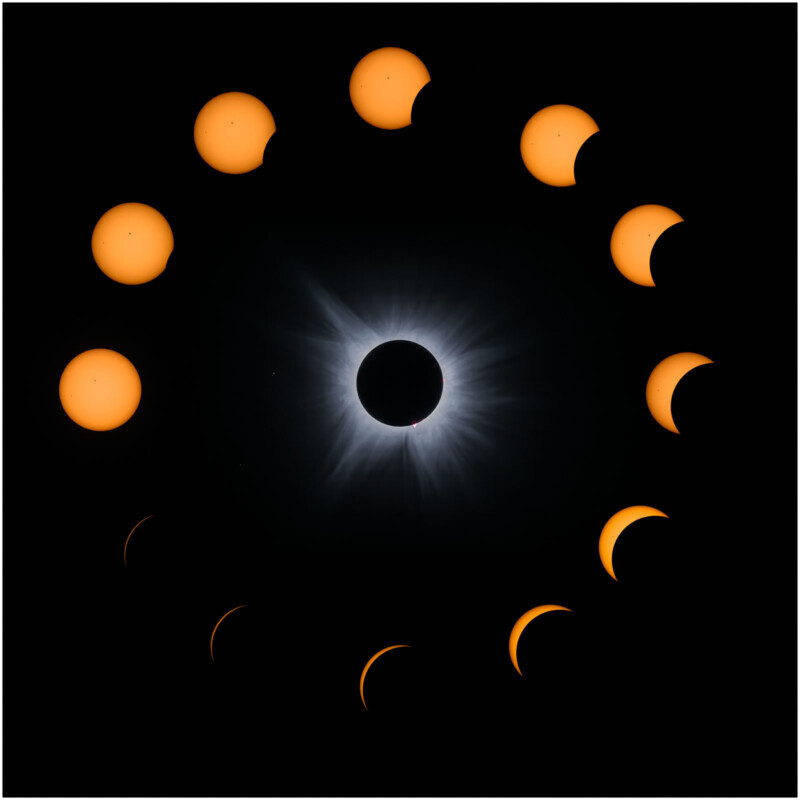
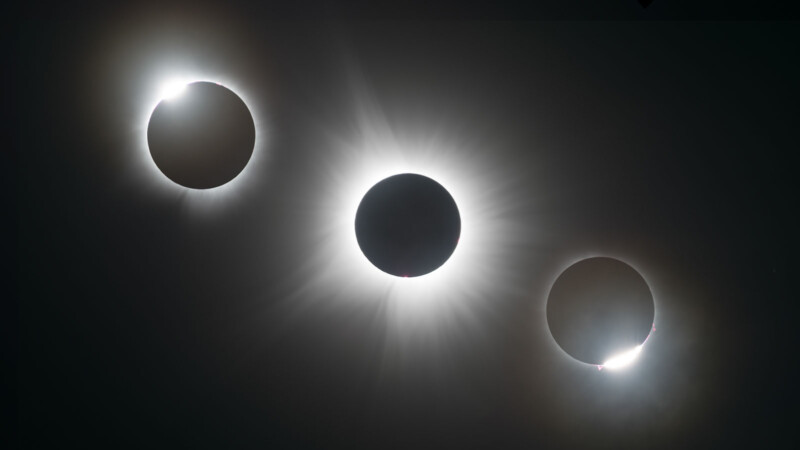
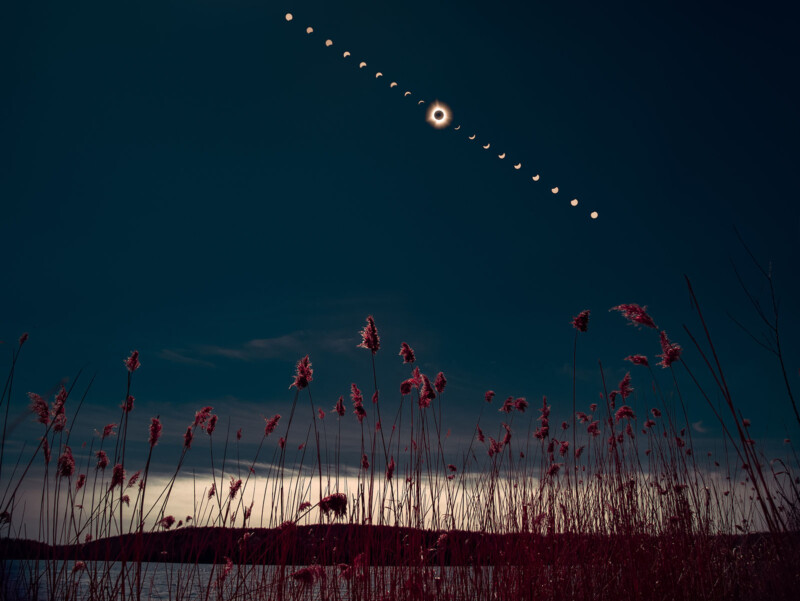


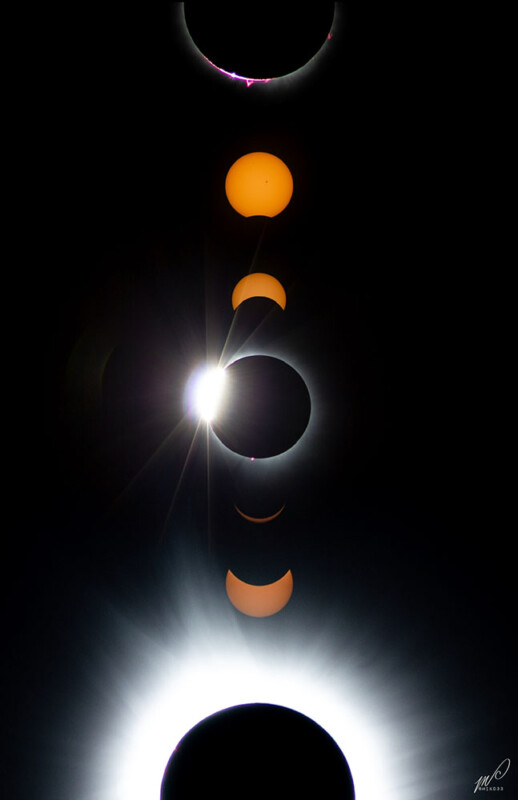
Kolari sells 15-stop and 20-stop ND filters which are rated safe for solar imaging.
“Our filters are optically engineered to be the most neutral filters in both the visible and infrared light spectra,” it adds.
